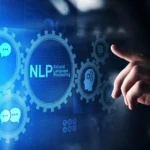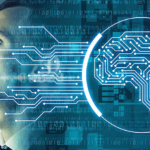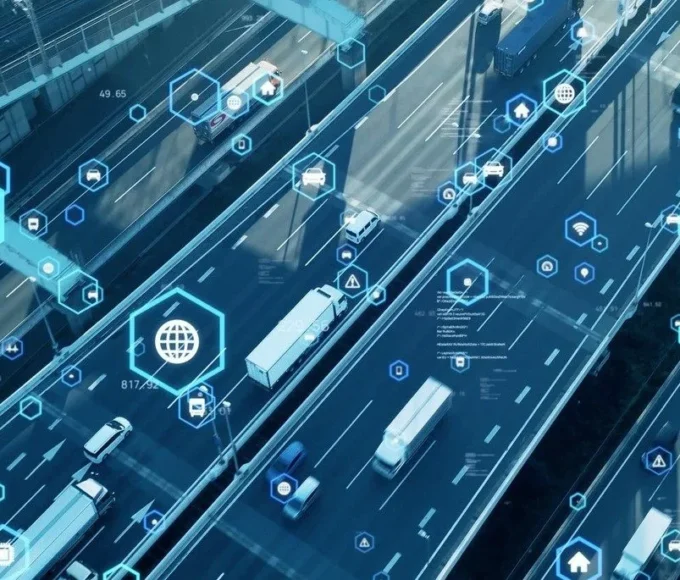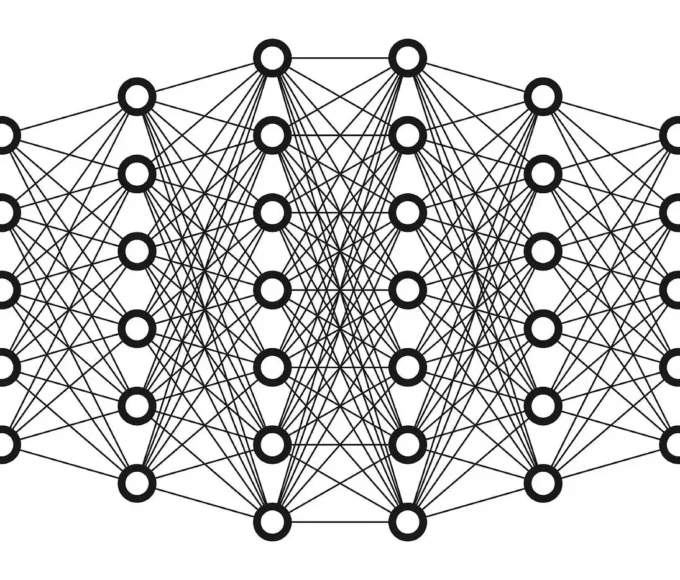In the fast-paced world we live in, two ground-breaking technologies, Edge Computing and Machine Learning, have joined forces to bring about a remarkable transformation in the way we handle and make sense of data. This article delves into the exciting partnership between Edge Computing and Machine Learning, exploring how they work hand in hand, etc.
Getting to Know Edge Computing
Edge Computing marks a shift in the way we process data, moving away from the conventional reliance on cloud-based approaches. This innovative concept brings computing closer to where data is generated, reducing delays and enhancing our ability to make real-time decisions. Instead of sending all data to a distant cloud server for analysis, Edge Computing distributes tasks across a network of devices, sensors, and local servers positioned at the “edge” of the network, often right where the data originates.
Empowering Everyday Devices with Machine Learning
Machine Learning, empowers systems to learn from data and make intelligent decisions without explicit programming. When paired with Edge Computing, It can operate directly on devices at the edge, providing immediate insights without the need for large-scale data transmission. This partnership leads to quicker responses, less strain on networks, and heightened privacy by minimizing the exposure of sensitive data.
Unveiling the Perfect Harmony
Instant Decision-making: Edge Computing and Machine Learning team up to process data on the spot, enabling decisions to be made in real time. This has applications ranging from self-driving cars making split-second choices to industrial sensors spotting anomalies in manufacturing processes.
Cutting Latency Down: Latency, the delay between sending and receiving data, can be crucial in various scenarios. By processing data at the edge, latency is significantly reduced. This is vital for applications like virtual reality, online gaming, and remote medical procedures.
Smarter Data Usage: Edge Computing eases the burden on cloud servers by processing a significant portion of data locally. This not only reduces network congestion but can also result in substantial cost savings.
Privacy and Security Boost: With Edge Computing, sensitive data can be processed closer to its source, lowering the risk of data breaches during transit. Machine Learning models can be trained and run on edge devices, safeguarding private information.
Flexibility and Scalability: Edge Computing allows resources to be scaled dynamically based on demand. Machine Learning algorithms can adapt to changing conditions at the edge, ensuring peak performance as the network evolves.
Impact on Everyday Life
Healthcare: The fusion of Edge Computing and Machine Learning facilitates real-time patient monitoring, early disease detection, and personalized treatment recommendations. Wearable devices can analyze vital signs and notify medical professionals of irregularities, potentially saving lives.
Manufacturing: Edge-enabled sensors and cameras keep a watchful eye on production lines, identifying defects, minimizing downtime, and optimizing operations. Machine-learning algorithms can even predict maintenance needs, boosting efficiency.
Creating Smarter Cities: Edge devices contribute to managing traffic flow, detecting pollution levels, and ensuring public safety. Machine Learning algorithms analyse data from diverse sources to enhance urban planning and resource allocation.
Retail Revolution: Edge Computing drives tailored shopping experiences, where Machine Learning algorithms process customer data. It works locally to provide real-time recommendations and special offers.
Overcoming Challenges and Paving the Way Forward
While the fusion of Edge Computing and Machine Learning offers remarkable advantages, it comes with challenges like device limitations and data privacy concerns. The future promises advancements that will likely tackle these obstacles, leading to even smoother integration.
In a world of ever-evolving technology, the harmonious blend of Edge Computing and Machine Learning will undoubtedly shape our digital landscape. Their combined ability to process data instantly, reduce latency, enhance privacy, and scale seamlessly.
It holds the potential to transform industries, making them more intelligent, efficient, and interconnected than ever before.
















Leave a comment